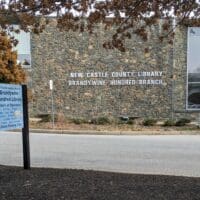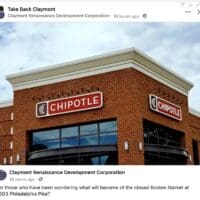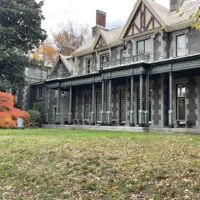A regional planning agency is gathering public input on what to do if land is created over part of Interstate 95 in Wilmington during the Restore the Corridor project.
The Wilmington Area Planning Council is running an online survey that ends Jan. 21. It follows two hearings on capping acreage between the Delaware Avenue and Sixth Street bridges.
Capping involves constructing a roof over the subterranean roadway and using the newly created space for nice things.
No price tag has yet been put on capping or the chosen amenities, which might not happen.
Construction of I-95 in the 1960s “effectively created a wall” between the West Side and downtown, razing several hundred homes, “primarily impacting communities of color,” according to the council.
“To address this historic inequity created by I-95, Wilmington is now joining an ever-growing number of cities that are exploring ways to reconnect neighborhoods and provide new public spaces by creating caps over urban highways. These new lands are being used to create green spaces, plazas and cultural amenities that can reconnect neighborhoods and encourage residents to walk and bike more in the adjacent communities.”
The survey asks participants to describe themselves and their relationship to the area, and it has three open-ended questions:
• Do you have any other ideas for amenities or improvements in this area?
• What do you envision when you think of the future of this area?
• What is your favorite place in Wilmington, or elsewhere, that would be a good example of what this area could become?
Survey participants are also asked to rank lots of specific ideas, in several categories:
Health and fitness: space for fitness class, exercise stations, running loops, bike skills, contemplative space, spaces to sunbathe, skateboard, dog play, sports court, multi-use lawn.
Community programs: Night program space, picnic space, cafe, historic information, arts and sculpture, murals, playground, interactive water feature, performance venue, small group gathering, market space, concessions, multifunction space.
Community needs: retail space, rental pavilion, public restroom, winter activities, covered event venue, night event venue, interactive light feature, event lights.
Nature and environmental items: trees, pollinator gardens, community gardens, stormwater management, shade, nature-based activities and education, bird habitat.
Mobility amenities, on need: way-finding signs, pedestrian-only zones, transit stop, bike share, bike parking, protected bike lane, traffic calming, car share, on-street parking, ride-share pickup point, shared-use path.
Mobility amenities, on importance: wider sidewalks, handicap accessibility improvements, improved sidewalks, scooter share.
Share this Post








